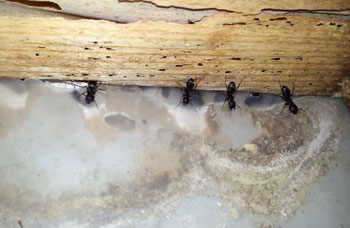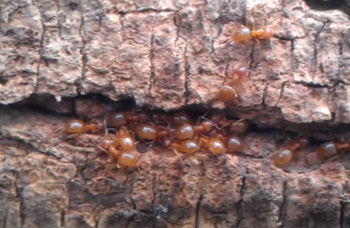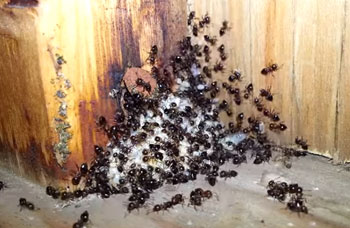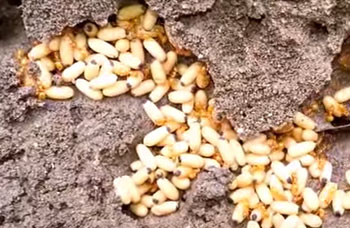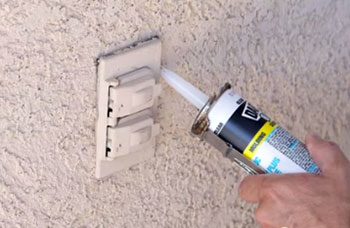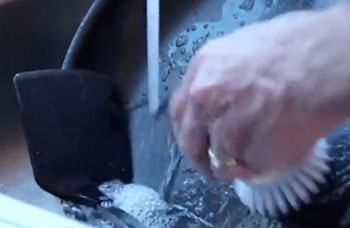Ant Types & Facts
Pavement Ant Facts
- Typically no longer than 1/8th of an inch; yellowish brown to dark brown in color.
- Outdoors they typically nest near moisture sources and in dead or decaying wood.
Ant Photos
-
 Carpenter Ants
Carpenter Ants -
 Carpenter Ants
Carpenter Ants - View More Photos
Pavement Ants
Pavement ants are nuisance pests found primarily in the northeastern US and throughout Canada. Their name derives from their tendency to build nests underneath and inside the cracks of sidewalks, driveways and slab foundations. As aggressive colonizers, they often wage war against nearby colonies in the summertime, leaving behind hundreds of small, dark corpses across concrete surfaces in the aftermath of the conflict.
What Are Pavement Ants?
Typically dark brown or black, pavement ants feature a pair of spines along their back and groves on the head and thorax. They are small with an average size range of 2.5 to 4 mm. They are capable of building large nests with up to 30,000 individuals, and each colony features the standard ant class system of workers, drones and a queen. The drones and young queens, both of which feature wings, mate in a flying swarm.
These ants feed on small seeds, grease and some other insects. They are strongly attracted to sweets and fruits. Studies have shown that pavement ants will forage as far as 30 feet away from their nests for food, and they leave behind pheromone trails so that other workers can follow.
Pavement Ant Infestation
Infestations are common in the yard, especially along the driveway, near slab foundations or underneath large rocks, bricks or patio blocks. Though possible, they rarely build nests inside a home’s walls or floors but will regularly venture inside in search of food. Small piles of dirt atop concrete cracks indicate the likely presence of a nest. Their entrances into the home can be located by following any wandering ants that you spot.
How to Get Rid of Pavement Ants
Exclusionary measures are the best treatment for pavements ants whose nests are located outdoors. Sealing all cracks and crevices with caulk will eliminate the entrances used by foragers, keeping them outside. A vigorous application of rubbing alcohol will also remove any remnants of the ant’s pheromone trails, and further foraging can be discouraged by promptly storing or disposing of greasy and sweet foods.
Nests that are either inside the home or in other problematic locations can be treated using baiting systems. These pesticides should be used with care, away from children and pets; they deliver a slow acting poison to foraging ants, which when returned to the nest, spreads throughout the colony and will eventually exterminate all ants.
Pavement Ant Bites & Treatment
While pavement ants do have stingers, they rarely bite humans, and their stings are very weak.
